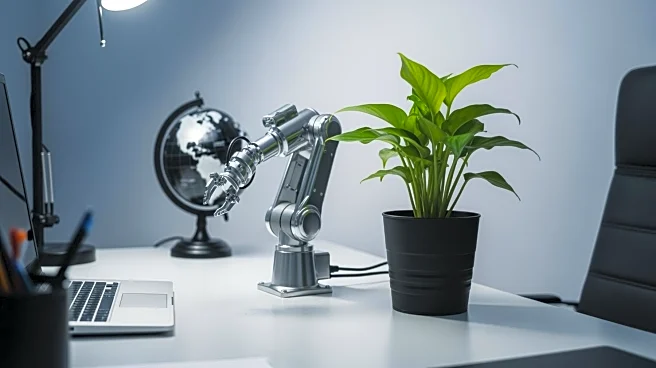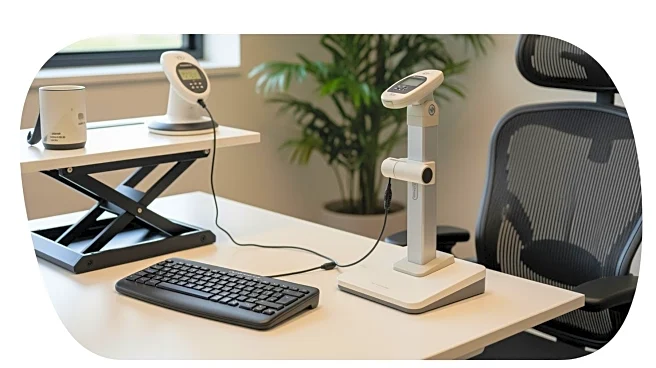What's Happening?
A new survey has found that 75% of workers plan to remain in their current positions until at least 2027. This trend reflects a shift in the labor market, where employees are opting for stability and security
over job-hopping. The study suggests that factors such as economic uncertainty, job satisfaction, and benefits are influencing workers' decisions to stay put. This development may impact hiring practices and workforce dynamics in various industries.
Why It's Important?
The intention of workers to stay in their current jobs until 2027 is significant for the labor market and economic stability. It suggests a shift towards long-term employment, which can lead to increased productivity and reduced turnover costs for businesses. Employers may need to focus on retention strategies and employee engagement to maintain a stable workforce. This trend could also affect wage growth and career advancement opportunities, as fewer job changes may limit salary negotiations and promotions.
What's Next?
Businesses may need to adapt their hiring and retention strategies to accommodate the trend of workers staying in their current positions. Employers could focus on enhancing job satisfaction and offering competitive benefits to retain talent. The labor market may experience changes in recruitment practices, with a potential decrease in job openings and increased emphasis on internal promotions. As the trend continues, it will be important for businesses and policymakers to monitor its impact on the economy and workforce dynamics.











